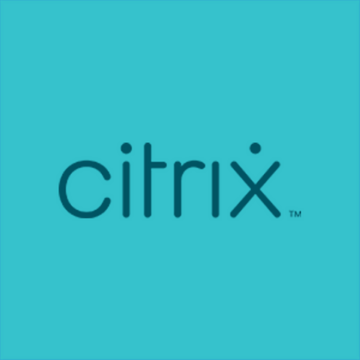Healthcare organizations are still experiencing the effects of inflation on labor costs, essential goods, and medical supplies. For many of them, contract labor is needed to fill the labor shortage gap. However, contract labor is costly and has increased at 5x the rate from pre-pandemic levels. This is in addition to the 33% increase in full time labor costs for US hospitals as reported by KaufmannHall. Per McKinsey, the increase in cost for goods is on track to add an extra $370 billion dollars in healthcare spending due to inflation. These increases have caused providers to reduce inpatient units and ambulatory services, which reduces income streams.
Inflation isn’t the only change squeezing the budget of healthcare providers either, as changes to health insurance reimbursement rates have affected providers and patients. In order to make the numbers work, some healthcare organizations may cut their investments in healthcare technology. However, investing in these technologies can help organizations save money. Citrix solutions help healthcare organizations reduce costs by improving IT efficiency, increasing employee productivity, and enabling home healthcare.
Improving IT efficiency
Traditional healthcare technology adds up fast, especially considering all the security systems essential to protect electronic health records (EHR). According to Deloitte, healthcare IT departments spend more than 80 percent of their budget on maintaining existing environments, meaning there is very little leftover to put towards new and better IT systems. This means that IT departments are stuck with legacy processes and systems, slowing down the organization.
Cost isn’t the only thing slowing down the improvement of healthcare technology. Many outdated healthcare IT environments require managing 100s of connection points for a cohesive patient care experience. Electronic Health Records (EHRs) alone can have 15-30 integrations. Citrix DaaS simplifies this by effortlessly integrating your EHR, clinical, office, and other IT applications while replacing point solutions to reduce cost and complexity.
There are quite a few ways to improve IT efficiency with Citrix. First, implementing Citrix DaaS reduces the amount of time needed to onboard employees by 53 percent. Citrix technology also speeds up software updates on end user devices. By centralizing and streamlining application management with Citrix Endpoint Management, IT can configure updates once and then roll those updates out to all devices. In addition to speeding up the setup and update processes, Citrix solutions reduce helpdesk calls by 33 percent and cut call times in half compared to traditional infrastructures.
Increasing Employee Productivity
Citrix technology can increase employee productivity by speeding up the process of accessing EHRs and enterprise applications. For example, the Royal Berkshire NHS Foundation saved clinicians 45 minutes per shift by transitioning from traditional PCs to workstations where employees tap in for instant access to applications. Saving this much time translates to 2-3 more consultations per shift, or a lunch break. It also increases the quality of patient care, since desktops and EHRs follow clinicians from room to room.
Technology that saves employees time helps reduce the need for contract labor, which is more expensive than full time employees. However, if your organization uses contractors, Citrix makes it easier and more secure to grant third party access. Then if the contractor leaves, you easily revoke their access to Citrix, without leaving any data on the endpoint.
Enabling home healthcare
Providing home healthcare services can improve patient results and reduce costs. Johns Hopkins developed a program for US based hospitals called ‘Hospital at Home’ which improves patient outcomes and lowers healthcare costs. A healthcare system in New Mexico that implemented this program ended up reducing costs by 20 percent and improving patient outcomes.
To make home healthcare work, organizations need technology that creates secure access for providers from anywhere. The Lewisham and Greenwich NHS Trust serves over a million people, including many older people. In order to provide the appropriate care to the community, Lewisham and Greenwich NHS Trust created a digital solution with Citrix that allows providers to access patient records from anywhere, eliminating the need to stop at the office to pick up case files. This solution led to an increase of two home visits per nurse per day, maximizing nursing resources. It also improved patient outcomes. With the right technology, home healthcare can be cost-effective and successful.
Cost-cutting digital solutions and better patient care
No matter what kind of population your healthcare organization serves, Citrix solutions can help you combat rising costs for goods, labor, and services. Citrix helps you make the most out of the resources you have, so you don’t have to pay for more than you need. Read more about how Citrix can help you make the most of the healthcare resources you have in our e-book.


